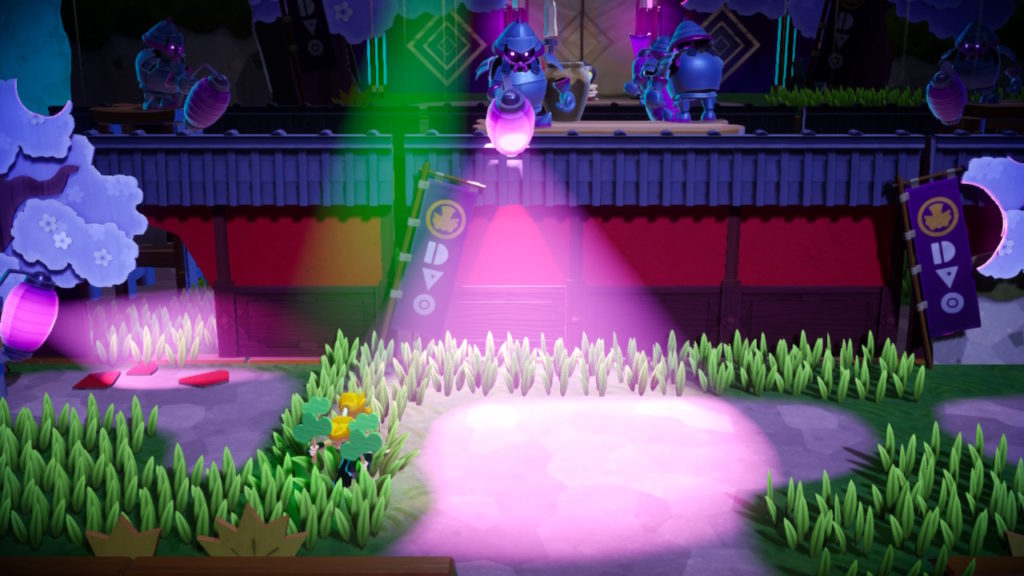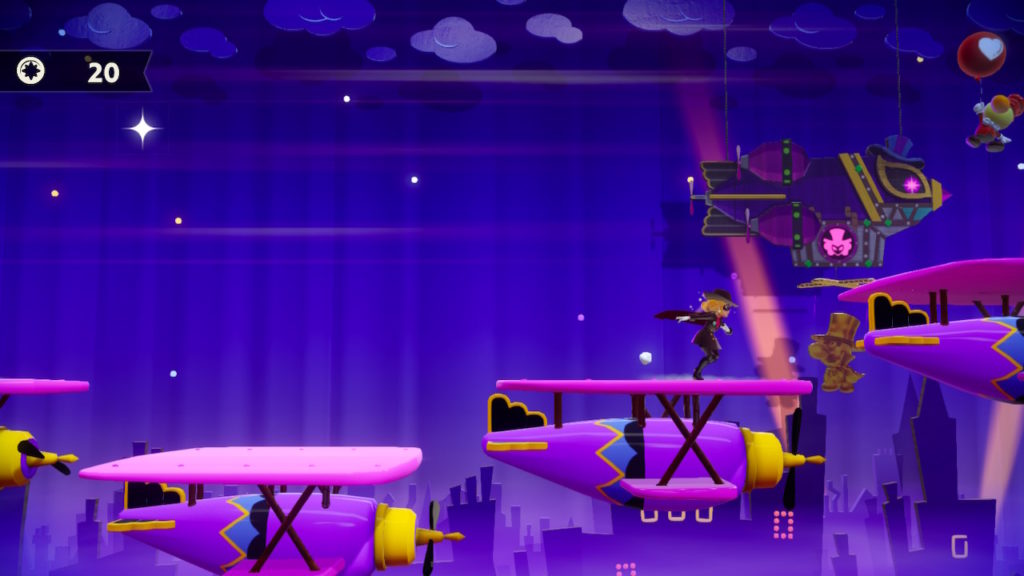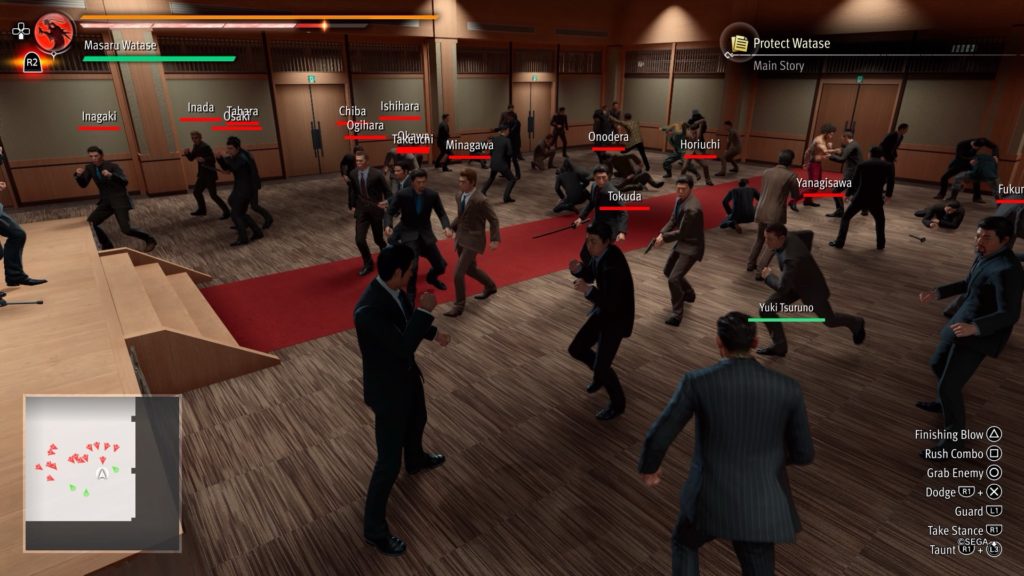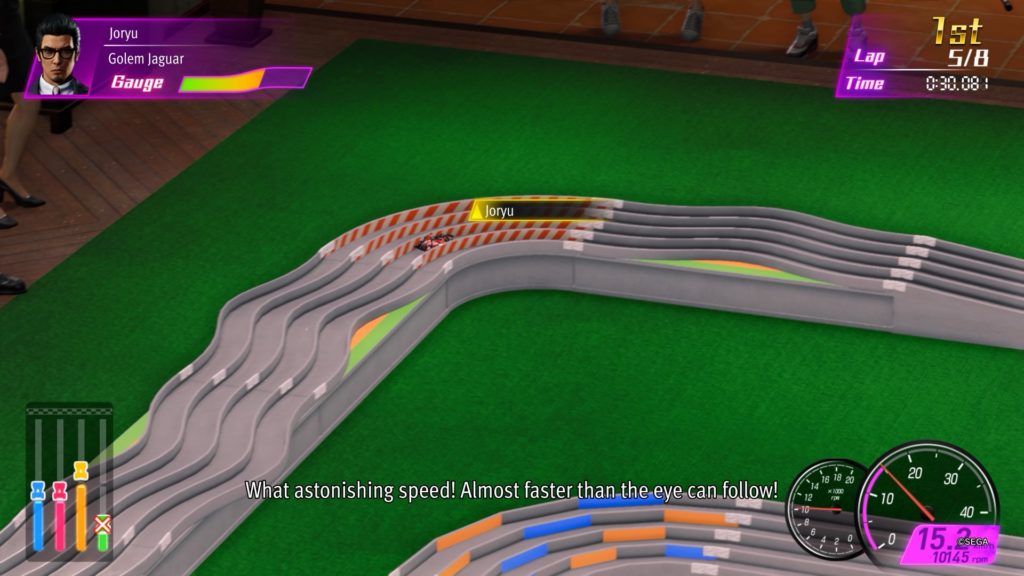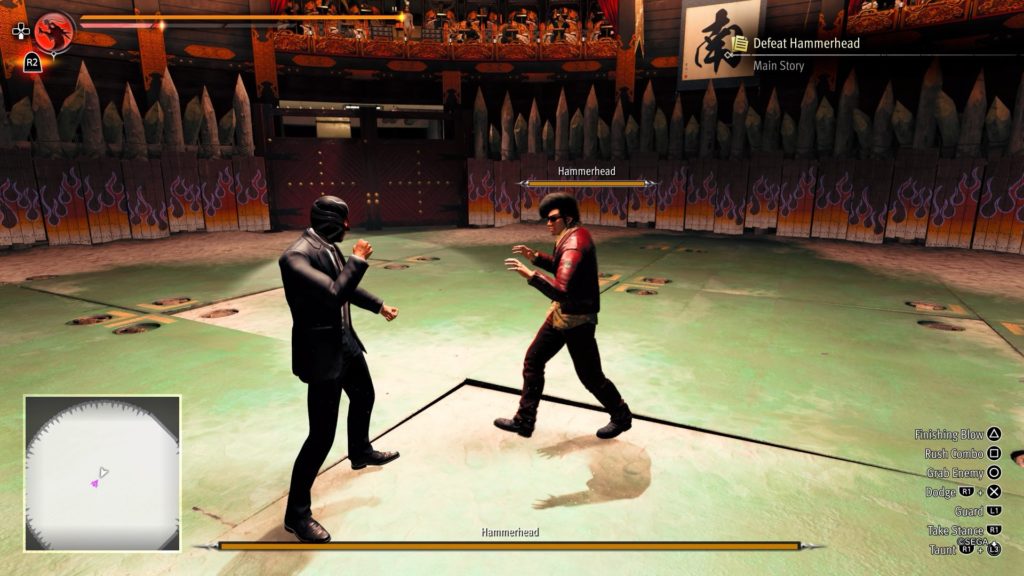- Genre: Action/Adventure
- Platform: PS5
- Also Available On: PS4, Windows, Xbox One, Xbox Series X|S, Switch
I was going to sit here rambling about how this really did a great job of combining a solid story with solid puzzle stealth gameplay. I was going to sit here rambling about how the rat setup really did a fantastic job of tying something core to the story (the black death) to the core gameplay mechanics. But then I got to the last chapter which leaned way heavy into combat and now all I want to do is complain.
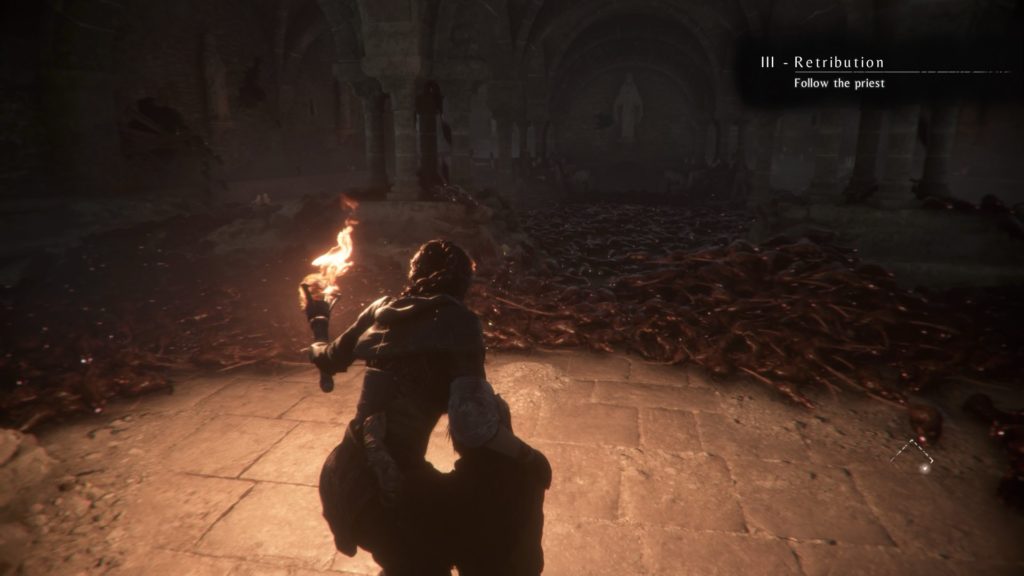
It just kills me when a game does great things for the entire length right up until the end, then leans into something that was barely used throughout the game. Combat is this game’s trip up. The core of the game is about being slow, so when the end of the game throws some sequences where you have to make relatively quick combat decisions it’s clearly not in the game’s best interest. When the game’s aim assist is about making careful locks that can be lost when the target is moving fast, it’s clearly not in the game’s best interest to have stuff running at you across elevation changes. When the stealth is best while avoiding one or two targets around a bunch of obstacles, it’s clearly not in the game’s best interest to throw a bunch of targets at you across an open arena. The last chapter did all of those things.
The sequence above is a perfect encapsulation of what I think is good to not do in a game like this. The sequence has you hiding next to an off screen moving cart while a sequence of six dudes runs at you through this little drop down. Among the ways I’ve died included: running just too fast while I couldn’t see the cart and getting one shot by an off screen arrow, missing lock-ons entirely because the guys were moving too fast, missing lock-ons entirely because I started aiming while they were too far away, losing lock-ons after releasing the fire button because the animation had to finish, early on paying attention to where the cart was and missing a dude sneak up behind me. It’s all the things that work really well when you’re being purposefully slow and considering your options in stealth that fall apart in a faster paced section.
It’s not that I don’t get needing to ramp up for the finale, but this is a frustrating one to work through. The preceding chapter introduced a new rat control mechanic that felt like it had a ton of legs, but it was then effectively lost in combat. Rather than really leaning into the puzzle solving it was used as a finishing maneuver. You’d put out whatever light sources then send in the rats, rinse and repeat. Even the final boss encounter was dodge a few things, send in the rats. It felt like it never took advantage of the puzzle solving possibilities.
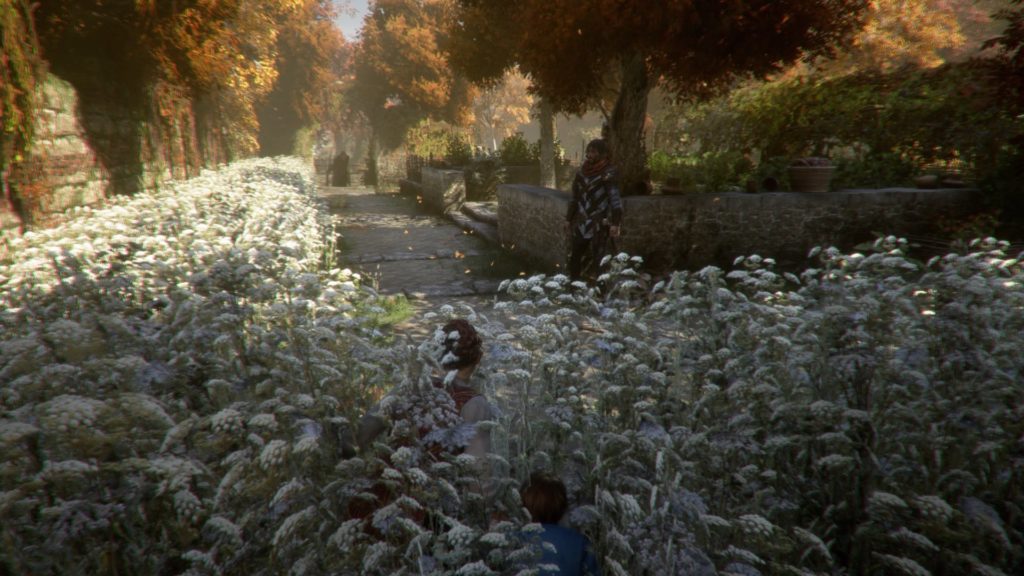
I guess I just wanted this to lean into the puzzles through the finish. This game was absolutely fantastic when its goal was to hide in the grass and trick enemies into getting eaten by rats. Getting through 10 hours of gameplay only for the last hour to fall into combat feels off. I guess what I’m saying is land your game on what made it good to begin with. Don’t land it on something made purely for high drama.


